We might be loving our wildlife habitat to death. Research by Max Henschell, a PhD student, has found that recreational enjoyment of protected areas may be impacting birds.
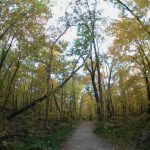
Birds have evolved to fill a diverse set of niches, and because of their manifold adaptations to different habitats, and the relative ease with which they are detected, they are a great taxon to understand the effects of land use, climate, and other factors on the ability of wild species to maintain viable populations.

We might be loving our wildlife habitat to death. Research by Max Henschell, a PhD student, has found that recreational enjoyment of protected areas may be impacting birds.
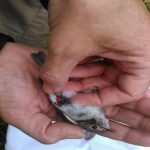
Paul Schilke, MS candidate in the SILVIS Lab, is conducting research in northern Wisconsin to investigate how insects that live around lakes affect the birds that feed on those insects.
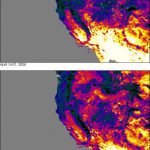
Extreme weather events are becoming both more frequent and intense. These events could be shifting bird numbers and their normal distributions in the United States. Ultimately, these weather events could lead to the extinction of highly-sensitive species.

Brooke Bateman examines if fine scale weather data provides more information for modeling bird distributions than long-term climate data.
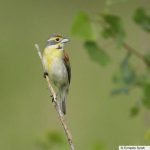
What happens when it gets too dry? Brooke Bateman discovers how migratory birds like Dickcissels respond to extreme drought events in the Midwestern United States and looks at what that means for future management and conservation efforts.
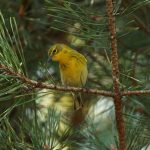
Can you predict biodiversity abundance without fieldwork, sitting at your desk? Patrick Culbert can. Using satellite images and data from Breeding Bird Survey, Patrick estimates abundance of bird species across United States.
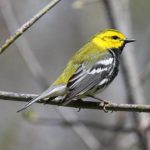
Locations in and around natural areas are especially appealing for housing development. Unfortunately, this development may have undesirable consequences.
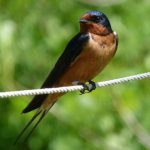
Do we know how climate change and extreme weather conditions affect wildlife in particular bird populations?

Dave Helmers sits down with me and gives the skinny on how he turns U.S. Census data into ecologically relevant products for answering some of the most pressing questions in land-change conservation science.
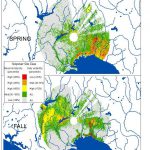
How do you find stopover habitat of migrants moving under the cover of night? David La Puma uses weather radar to see in the dark and identify sites across the southeastern U.S.